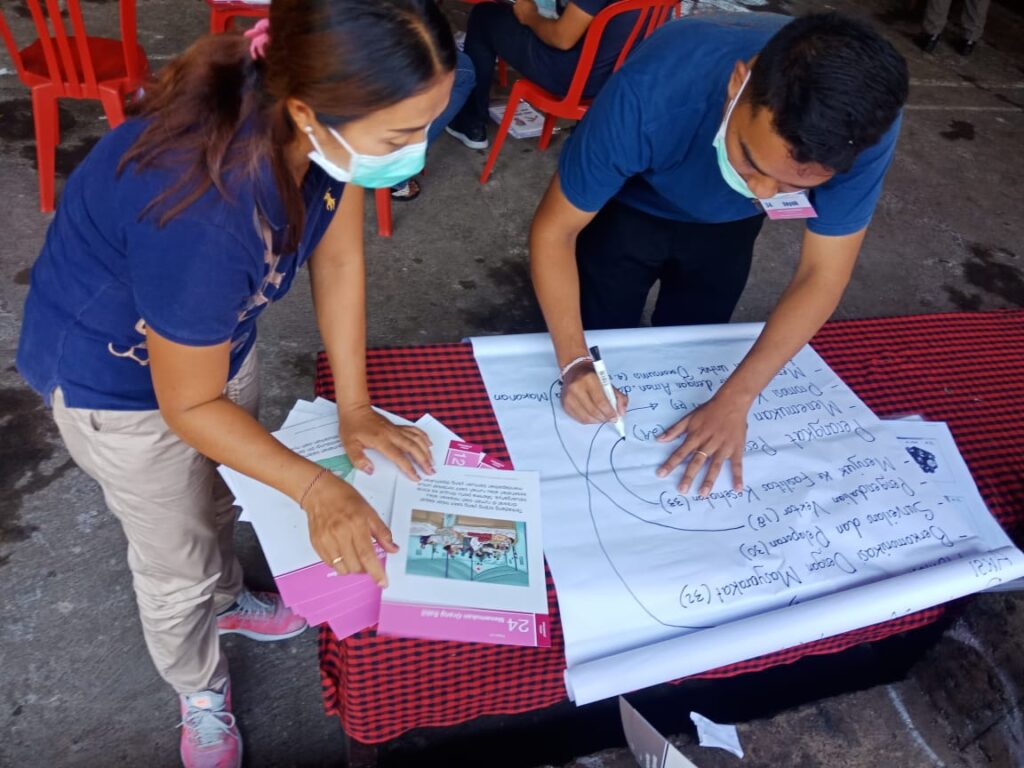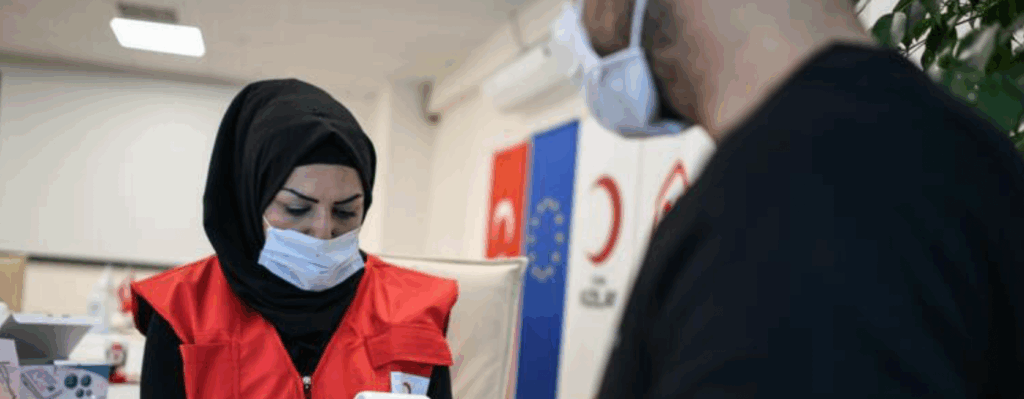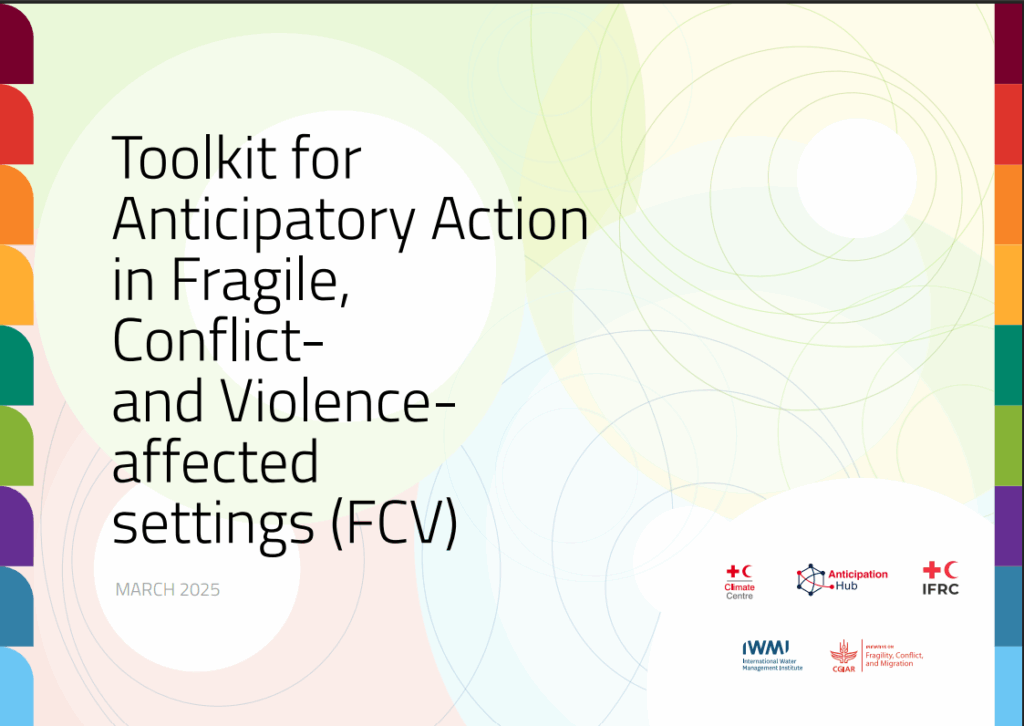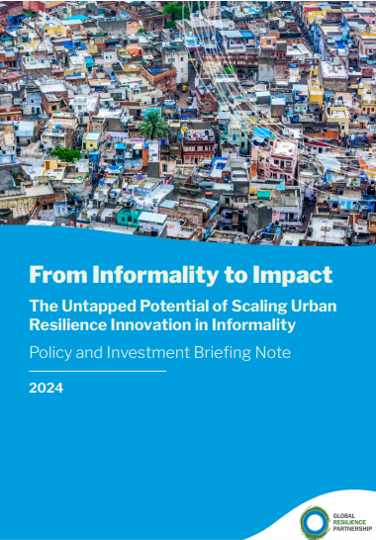Urban Ready Standards for Red Cross Red Crescent Branches
Introduction Urban areas present unique challenges and opportunities for humanitarian organizations. The Urban Ready Standards for Red Cross Red Crescent Branches provide a comprehensive set of standards to help National Society branches assess and enhance their capacity to deliver effective programming in complex urban environments. By addressing critical aspects such as stakeholder engagement, government collaboration, […]
Urban Ready Standards for Red Cross Red Crescent Branches Read More »





